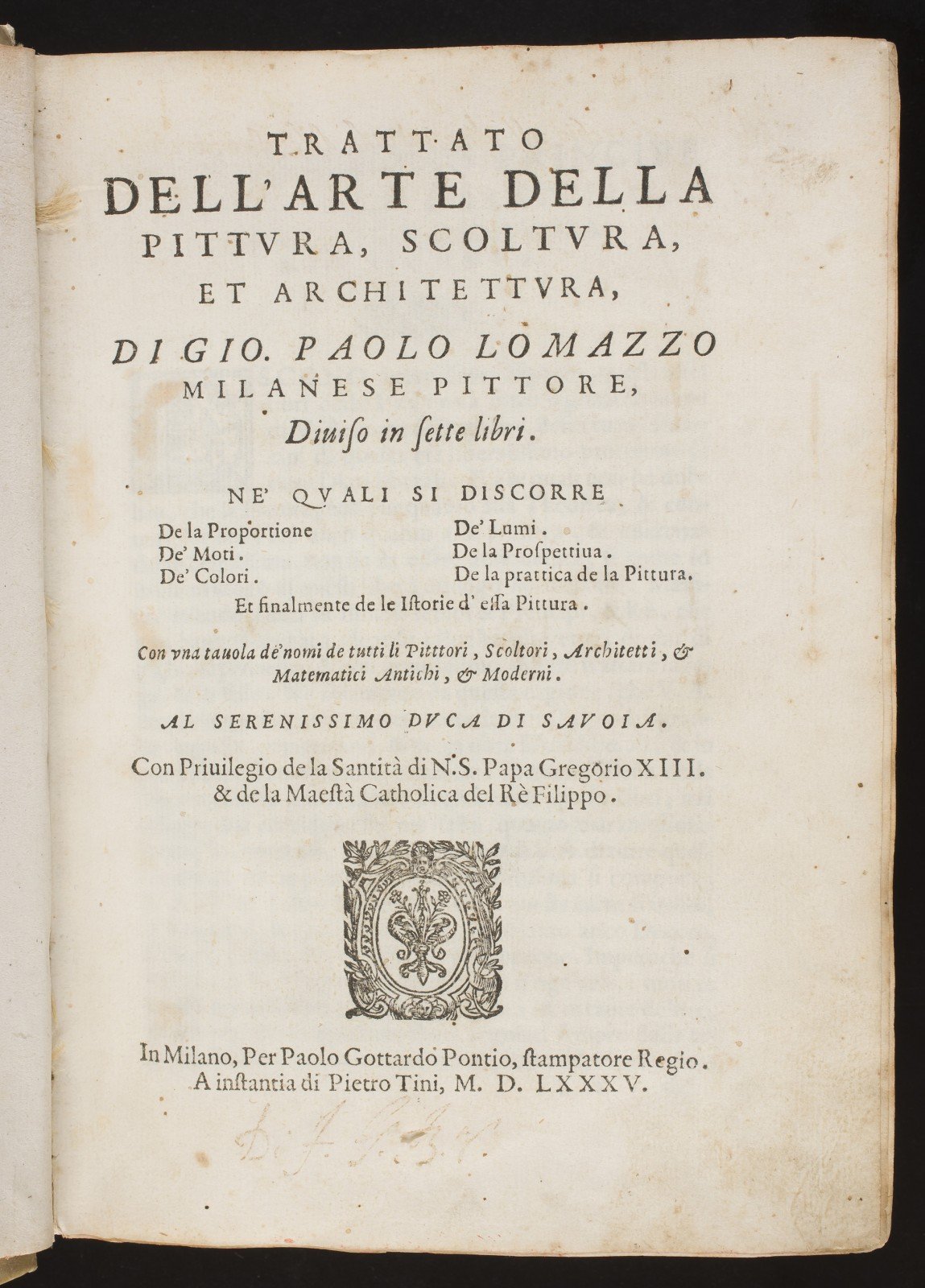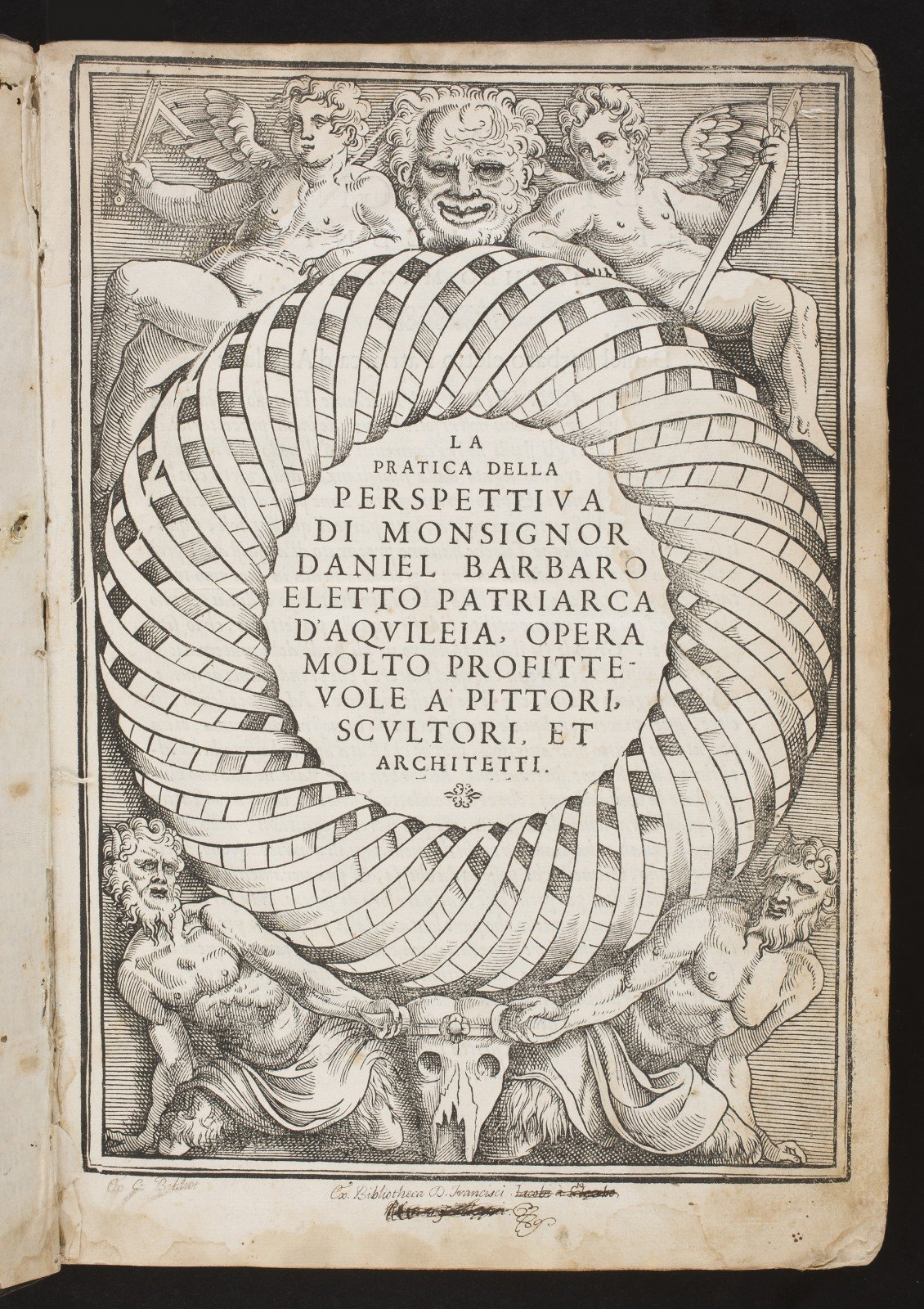The El Greco’s Library: link between form and information revealed at the Prado
- Rodrigo de la Fuente, “El Greco”, Oil on canvas, 96 x 82.3 cm h (? ) . 1582 – 1585 Madrid, Museo Nacional del Prado
- Inventory of the assets of El Greco, April 12 and July 7, 1614 . Archive Historico Provincial de Toledo, Juan Sanchez of Soria scribe , sign. 23041 , fols . 1404v -1405
- Treaty of the art of painting, sculpture and architecture, Milan, 1585, by Giovanni Paolo Lomazzo. Prado Museum
- “La pratica della prospettiva” by Daniele Barbaro, 1569 Daniele Barbaro, inventore of 1621. Museo Nacional del Prado
- A room of the exhibition. © Museo Nacional del Prado
- A room of the exhibition. © Museo Nacional del Prado
- Rodrigo de la Fuente ( ? ), “El Greco”, Oil on canvas, 96 x 82.3 cm h . 1582 – 1585 Madrid, Museo Nacional del Prado
- A room of the exhibition. © Museo Nacional del Prado
The Museo del Prado, the Biblioteca Nacional de España and Fundación El Greco 2014 is presenting the exhibition “El Greco’s Library”. Its aim is to reconstruct the theoretical and literary roots of El Greco’s art through 39 books, four of which belonged to him.
Notable among them is a copy of Vitruvius’s treatise on architecture and another of Giorgio Vasari’s “Lives of the most excellent Painters, Sculptors and Architects”. Both were copiously annotated by El Greco with comments that reveal his ideas on architecture and above all on painting. Also on display will be a copy of Xenophon’s “Works” and one of Appian’s “Civil Wars”, both of which were represented in his library, and one of Sebastiano Serlio’s architectural treatise with annotations that have on occasions been attributed to the artist.
The exhibition is completed by three manuscripts, nine prints that probably inspired compositions by El Greco, and five paintings which reveal the relationship between his pictorial output and the books in his library.
In total, the exhibition includes 56 works that will introduce visitors to what El Greco read and wrote, his knowledge and thinking, with the aim of understanding the ideas on the art of painting that underpinned his creative activities. The exhibition is therefore an opportunity to clear (through the relationship between form and information) some common myths about El Greek. He comes out, at least, not only as the “magical” and “visionary” artist described by the romantic critique: rather, the exhibition reconstruct the evolution of the artist’s career and analyse the way in which he saw painting as a speculative science.
September 22, 2014








